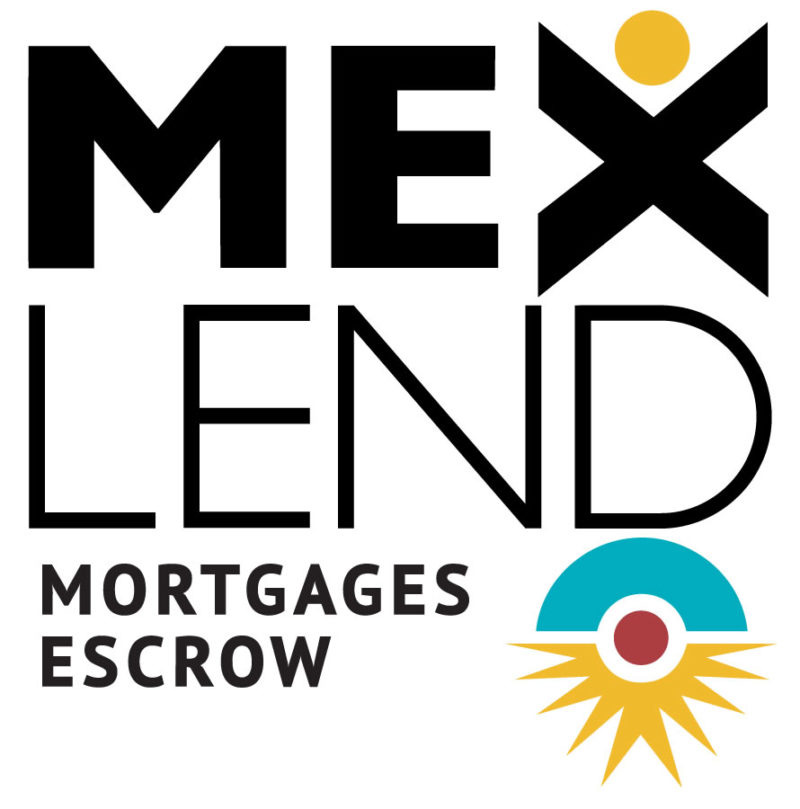Q: How Does the Loan Process Differ? Paul, V, Minneapolis, MN
A:
Not as much as you would think, primarily with governmental involvement, closing times and costs. With a US dollar loan, many aspects of the loan process in Mexico are strikingly similar to those in the United States.
For example: MEXLend uses a standard, 1003 Application, Good Faith Estimates for Closing Costs and Disclosure Forms, all of which will be familiar to anyone who has obtained a mortgage North of the Border. And just like the U.S., a commercial appraisal is ordered for purposes of valuation. We adhere to U.S. Standards of Best Practice and Fair Housing.
Where things differ, is the importance that the property information plays and the level of involvement of the Mexican governmental agencies in the process. In addition to satisfying US Lending Requirements, we must also honor Mexican Banking and Real Estate Laws. This is where things become a bit more complicated. Imagine what a real estate transaction would be like if every step of the way you had to apply for permission from the US Federal Government, wait for it to be processed and finally permission granted!! Here in Mexico, that is exactly what transpires.
All foreign purchasers, including all cash buyers, must apply for and obtain a permit from the Foreign Affairs Department in Mexico City. This “SRE”? permit, once issued, is the “permission”? for the transaction to take place. All further documentation including the Trust and recording of title, depends on the timely issuance of this permit.
Also the Mexican government requires that foreigners purchasing property in areas near the border or along the coast do so utilizing a Bank Trust or Fideicomiso. (It should be noted here that all US Lenders require a Trust, no matter where the property is located) A government appointed Notario must complete a thorough title search; issue a Certificate of No Liens; and sign off on the transaction.
These additional steps must be coordinated meticulously with the lending process, as accuracy and timing are critical to a smooth closing. When all parties arrive at the closing table, the signing and transfer of title again, mimic a closing in the U.S. or Canada.
Peso loans granted by a Mexican lending entity are specially attractive for expatriate U.S. citizens who have made moved to Mexico for a number of years, Mexican Nationals, Canadians and Europeans. The process is similar to the dollar loans, however documentation varies a bit from the standard in the United States. Your mortgage broker should still provide you with a good faith estimate.
The cost of a loan can be different here in Mexico as well. Most loan programs require a 30% down payment for the purchase and the interest rates are mostly around a percentage point higher than you would receive in the United States. Bringing these loans to closing is highly labor intensive and expensive for both the banks and your mortgage broker.
However, if you juxtapose the costs against the high rate of property appreciation we are enjoying here, the costs are more than offset. Be wary of promises of 10% down payments! They exist, but at this time, only for peso loans and only for a small percentage of borrowers and always have double-digit interest rates.
Financing a property can add a bit more time to the closing process than an all-cash sale; but this can be kept to a minimum with proper communication and due diligence between your real estate agent and mortgage broker. When all of the pieces fall into place correctly, loans can be funded in 60 days or less.
Remember that even “The Donald”? doesn’t pay all cash for his real estate investments. It is always more advantageous to keep your investments diverse and your assets as liquid as possible.

